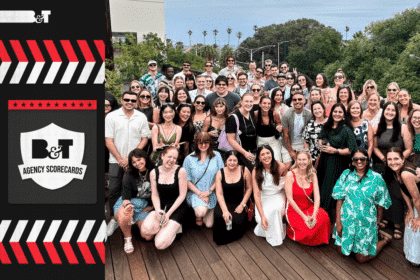Social media fans are always on Snapchat, want brands to be non-brandy and send an average of 50 snaps a week, if new research from Social Soup is anything to go by.
Social Soup surveyed 1,221 users from its panel of more than 165,000 influencers, and discovered that two-thirds (66 per cent) of Snapchat users want brands to create geofilters (location-based illustrations that can be overlaid on pictures) so they could integrate them into their stories.
Less than a quarter said they would prefer to see no brands using the platform.
Social Soup’s findings also revealed that brands have high potential for influencing users, with some 64 per cent of them naming a brand that they had created a Snapchat story around.
However, brands have been warned they need to follow some rules if they are to achieve cut through and not alienate Snapchatters. When questioned on the type of content they wanted to see, users said brands needed to be relaxed in their tone, non-commercial in messaging and consistent in their use.
So in other words, to not be a brand.
One respondent said, “They need to not be overly aggressive about why you will love the product. It needs to be lighthearted and fun because that’s the kind of platform Snapchat is.”
It comes as some of Australia’s biggest corporate names including Qantas and AAMI start to invest in producing Snapchat content, and brands like KFC and Rexona kick off mega campaigns.
Social Soup also found that 95 per cent of those questioned were active on Snapchat more than twice a day, while 68 per cent of 18-24-year olds said they never left the bloody site. Talk about addicted.
In more shocking news, more than half of those aged 35 and over said they also used it a couple of times a day.
In addition Snappers send an average of 50 Snaps a week with an audience of approximately 35 for each of their stories.
Sharyn Smith, CEO of Social Soup added, “Snapchat is all about fun and in the moment experiences and as its popularity grows, including with older demographics, then there’s a real opportunity for brands to be exposed to this very engaged audience.
“As the content disappears after up to 24 hours, it’s more like a real life conversations meaning you pay more attention to it.
“The ephemerality plays well for brands, but users have made it clear they don’t want them to overtly commercialise the platform with their content which is a warning all should heed.”








